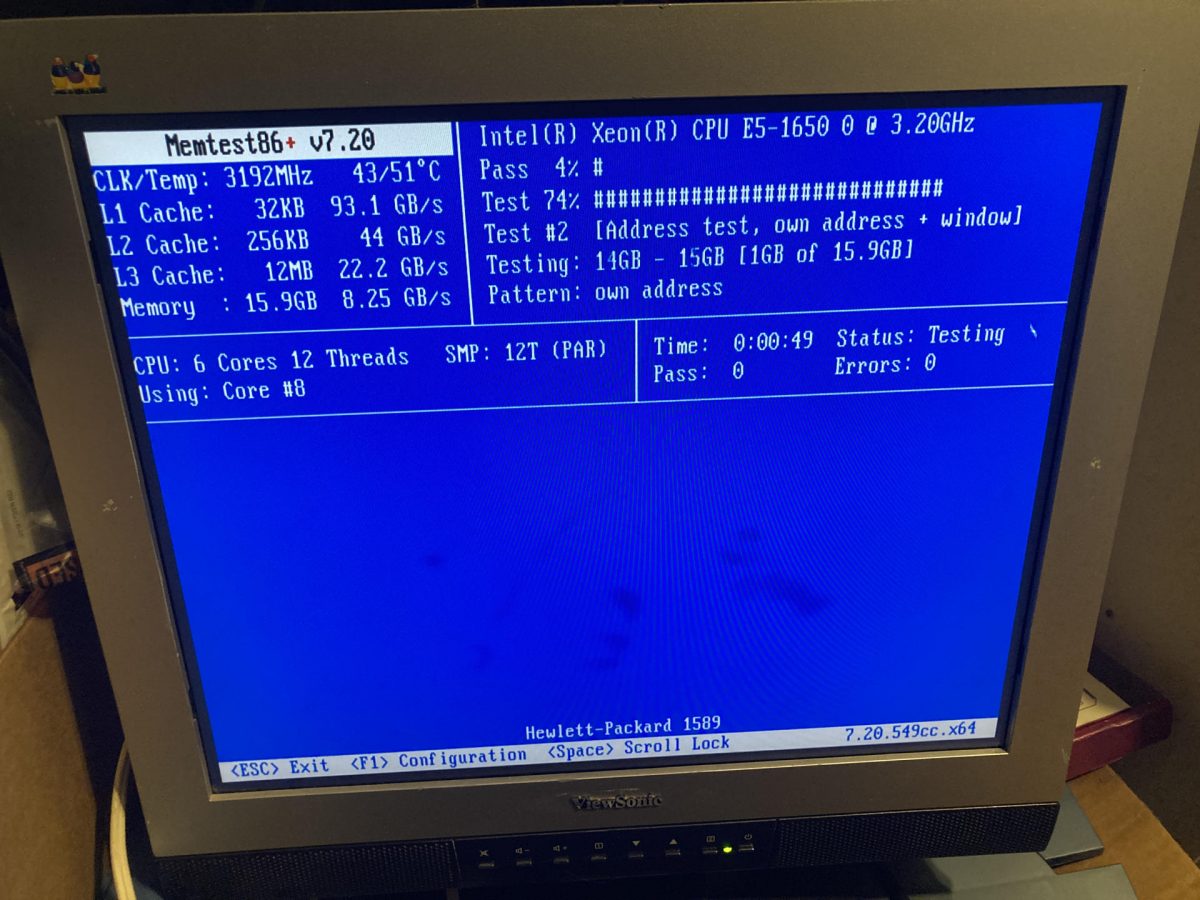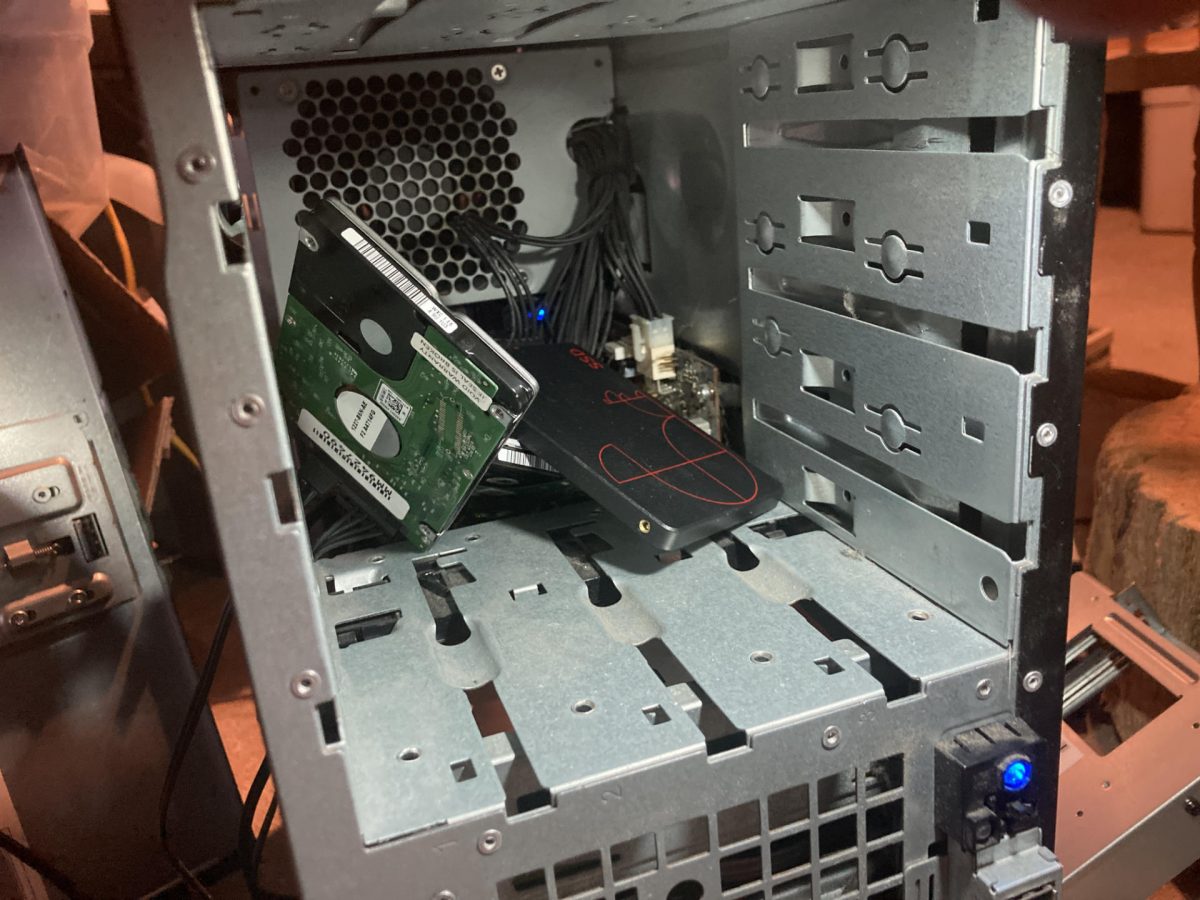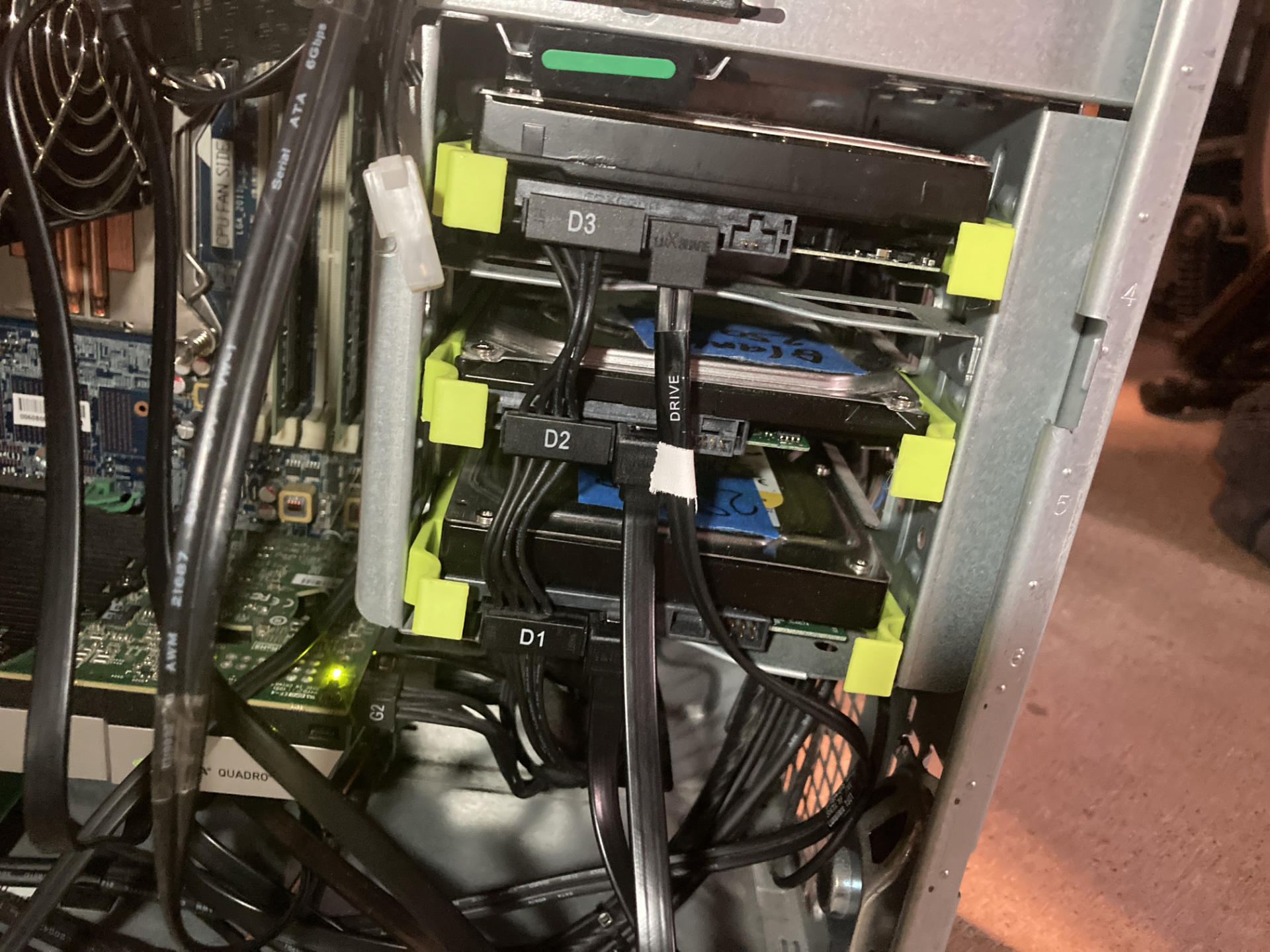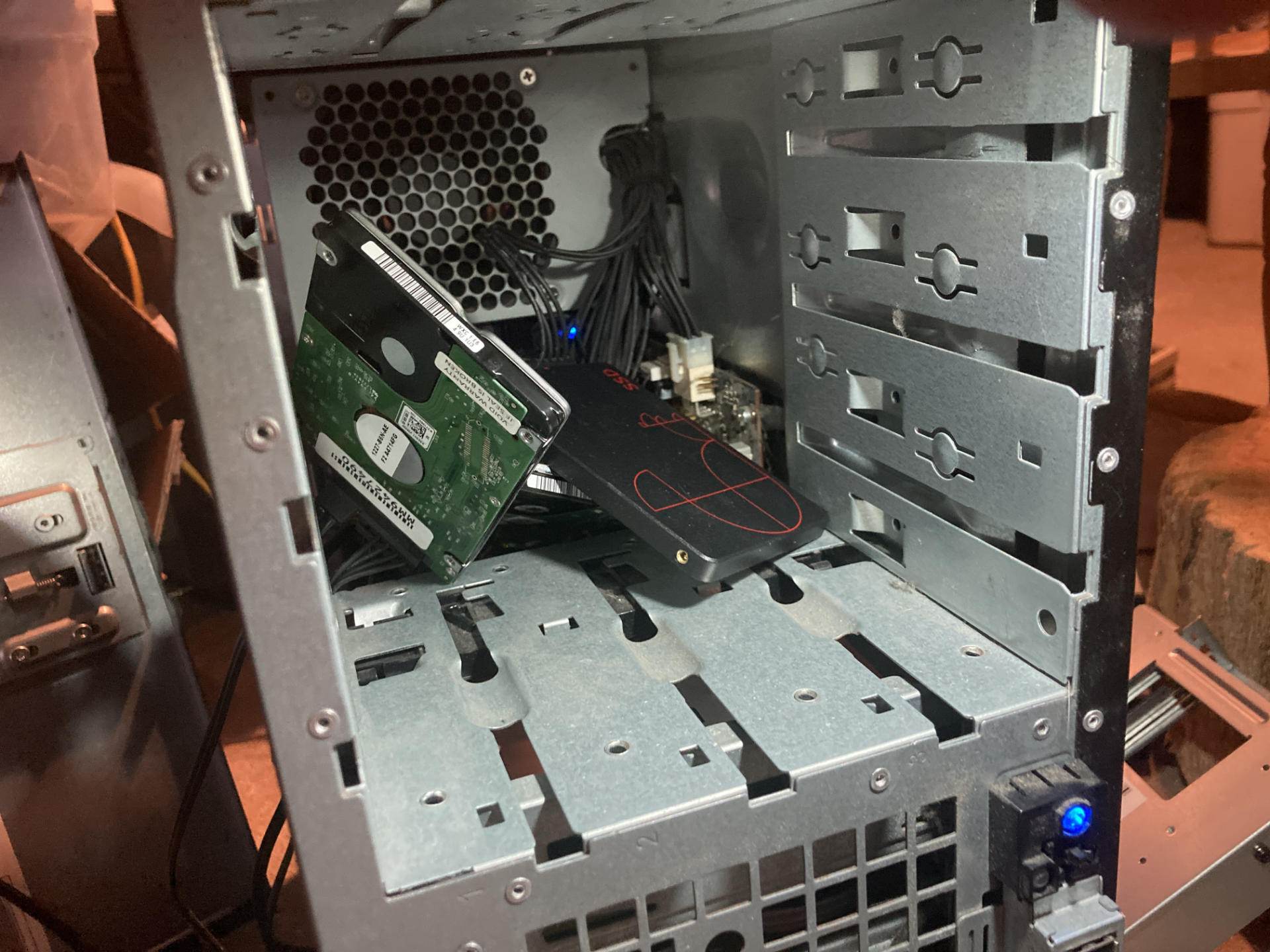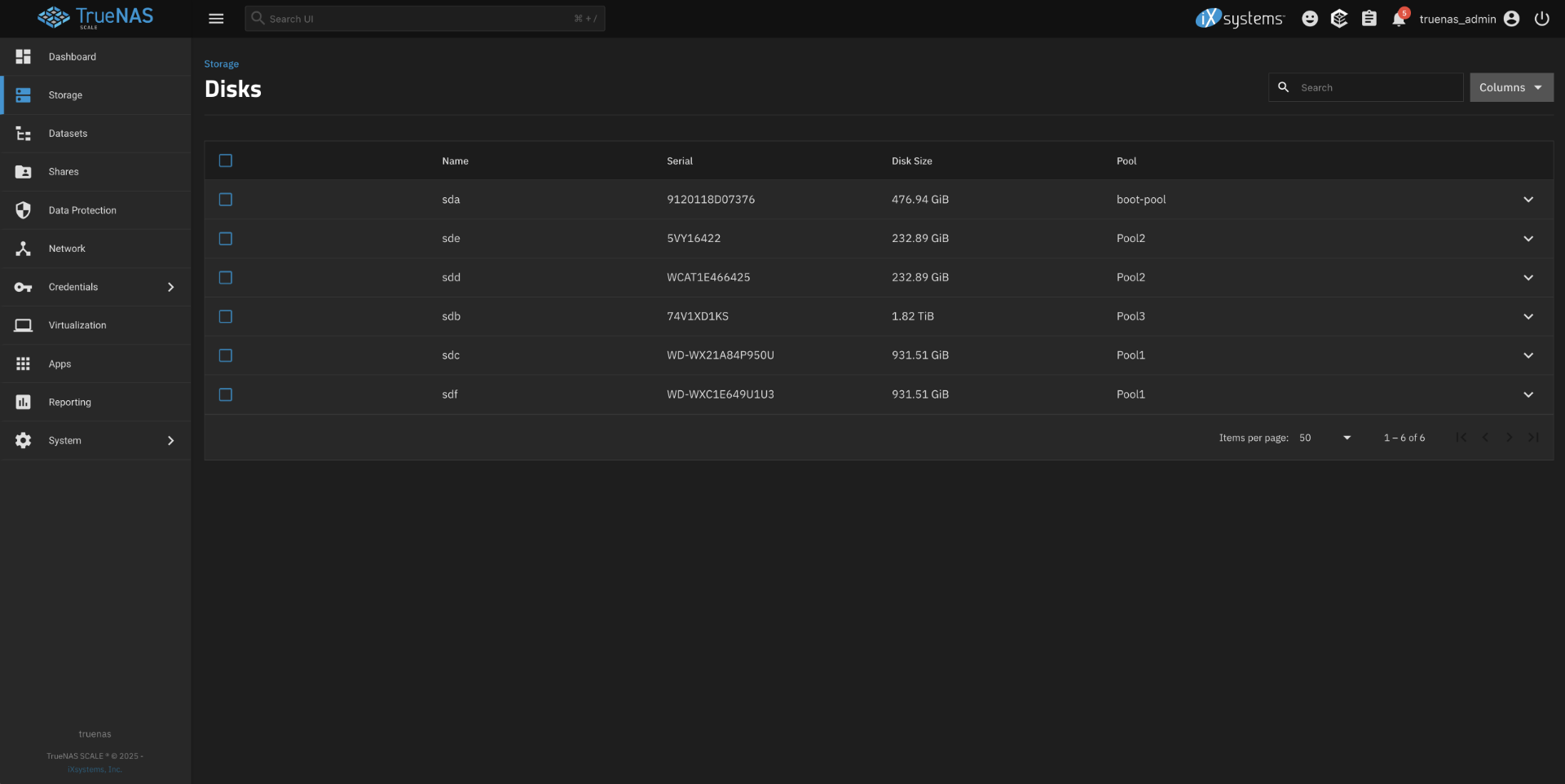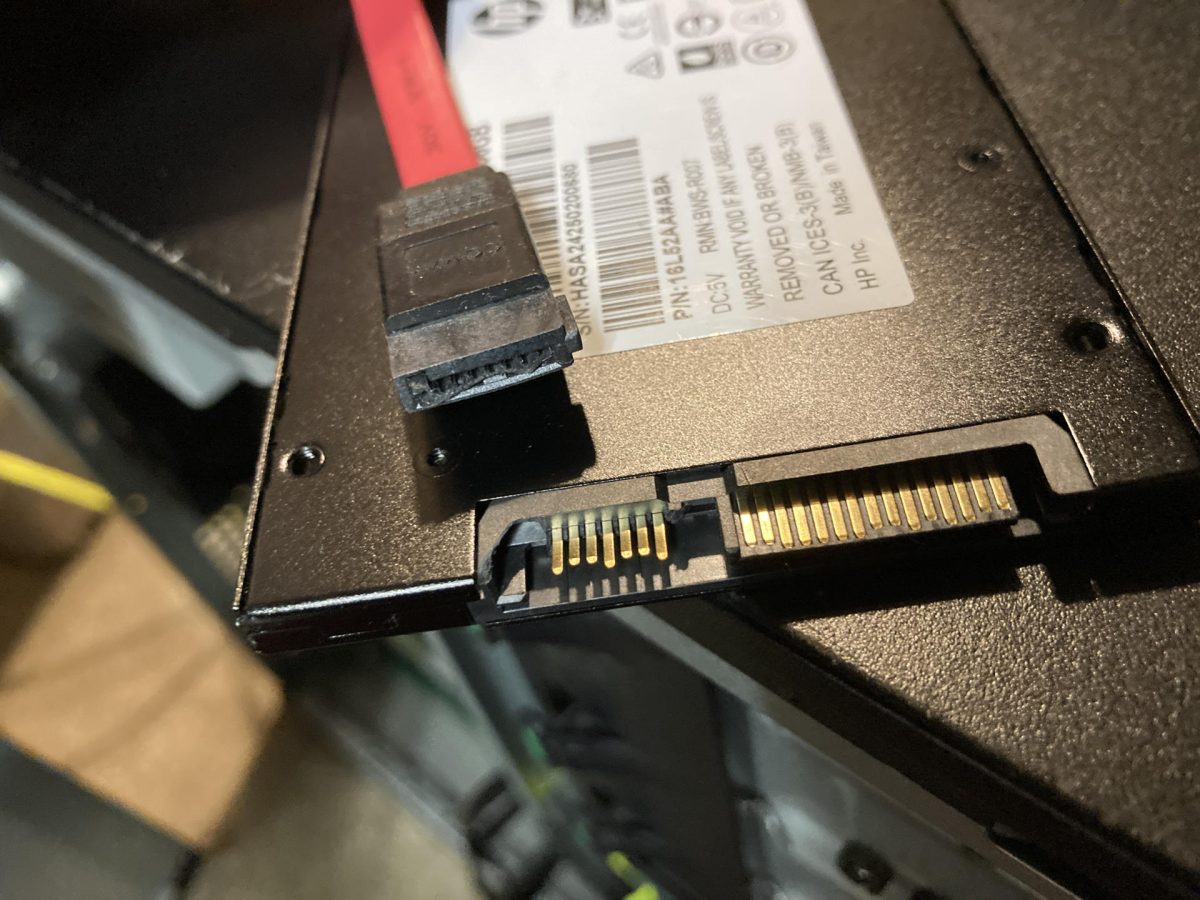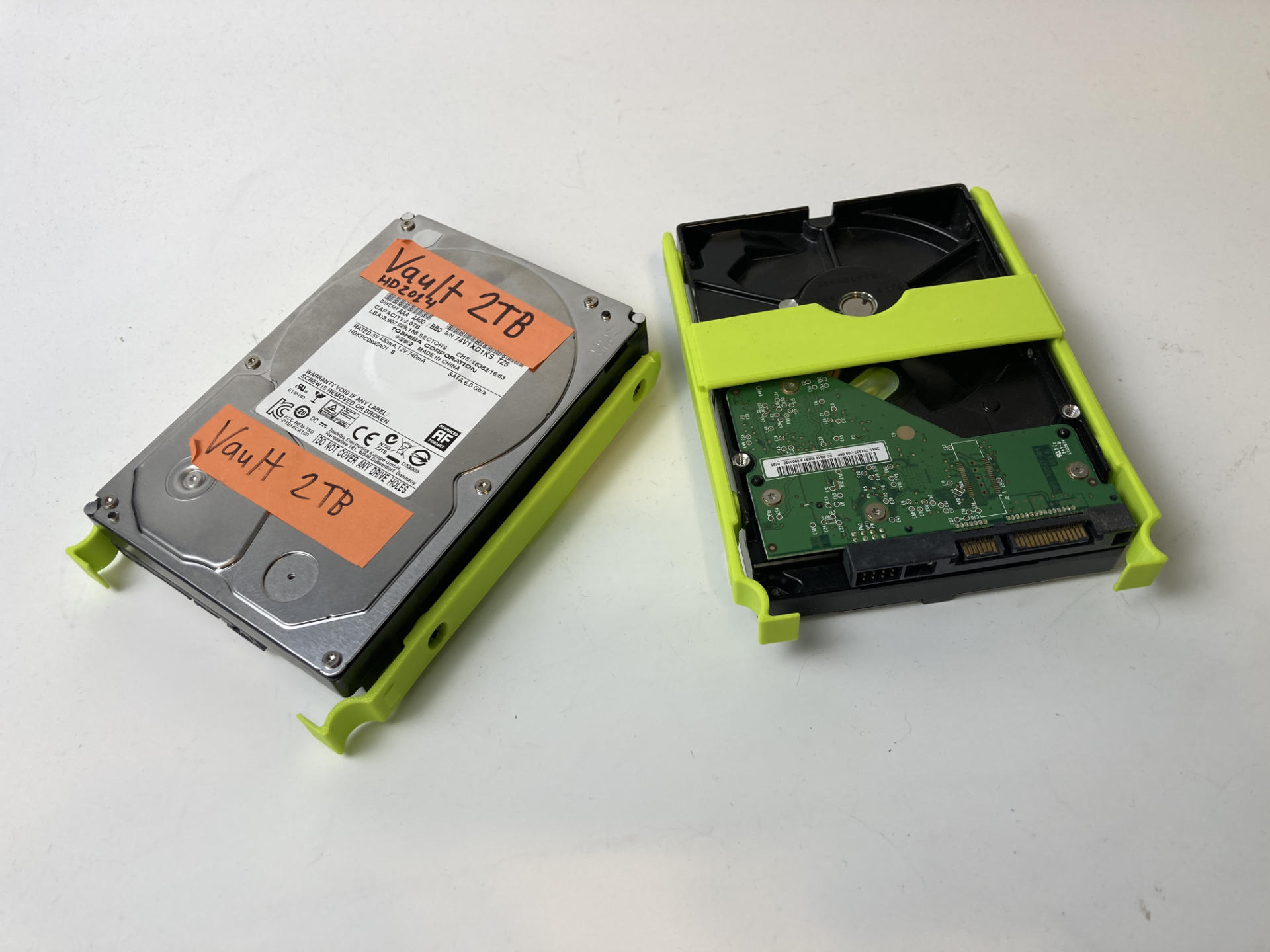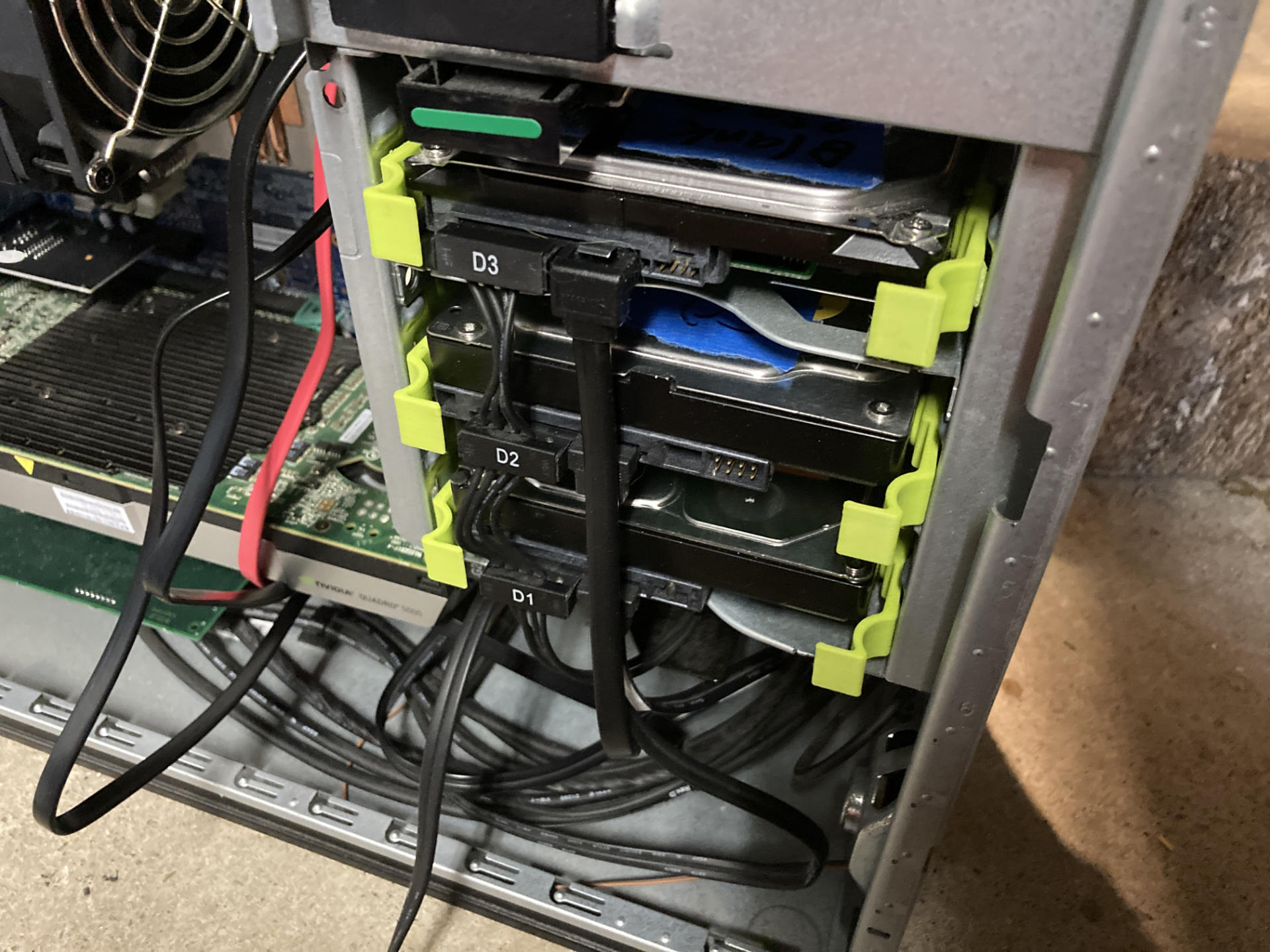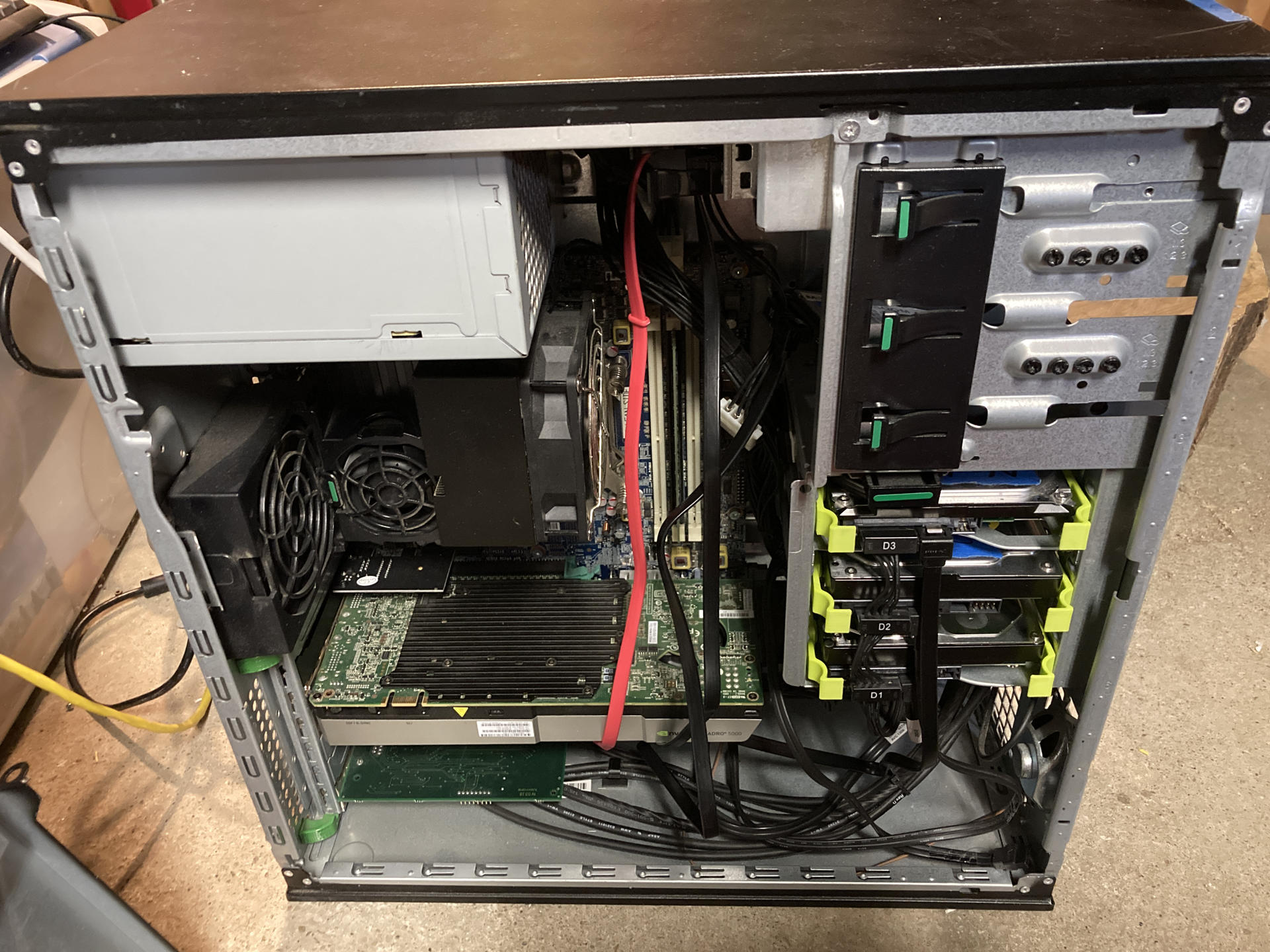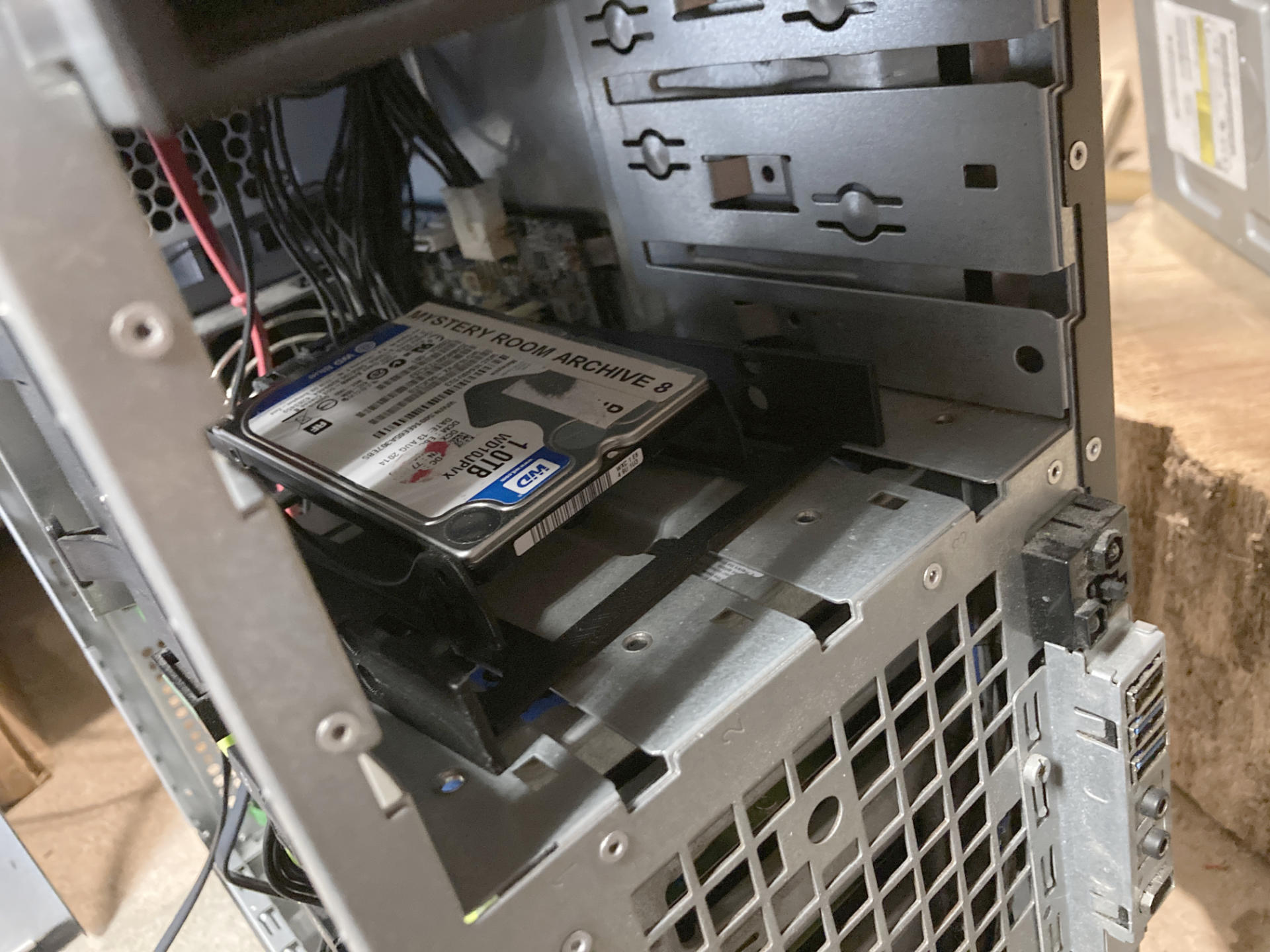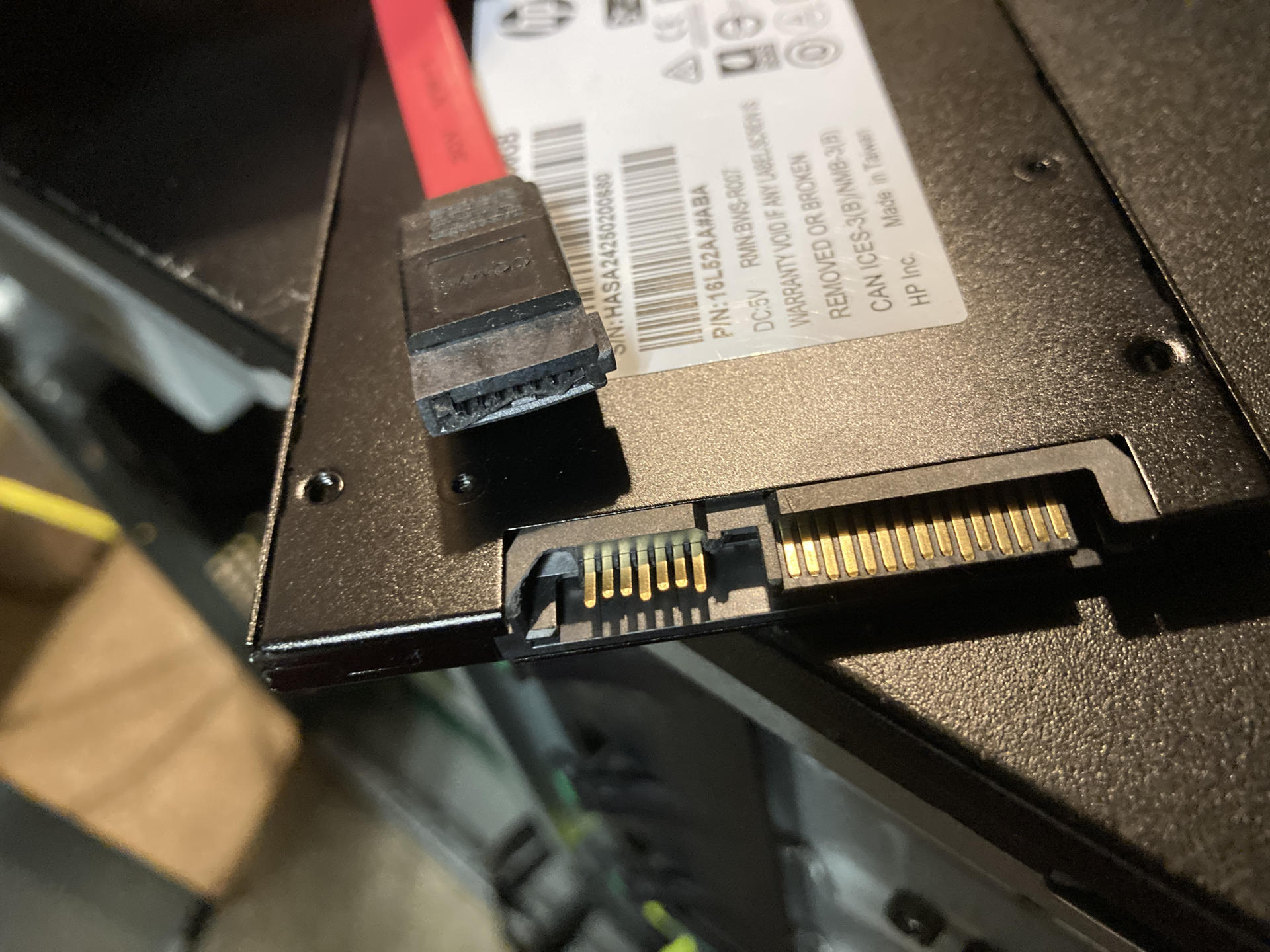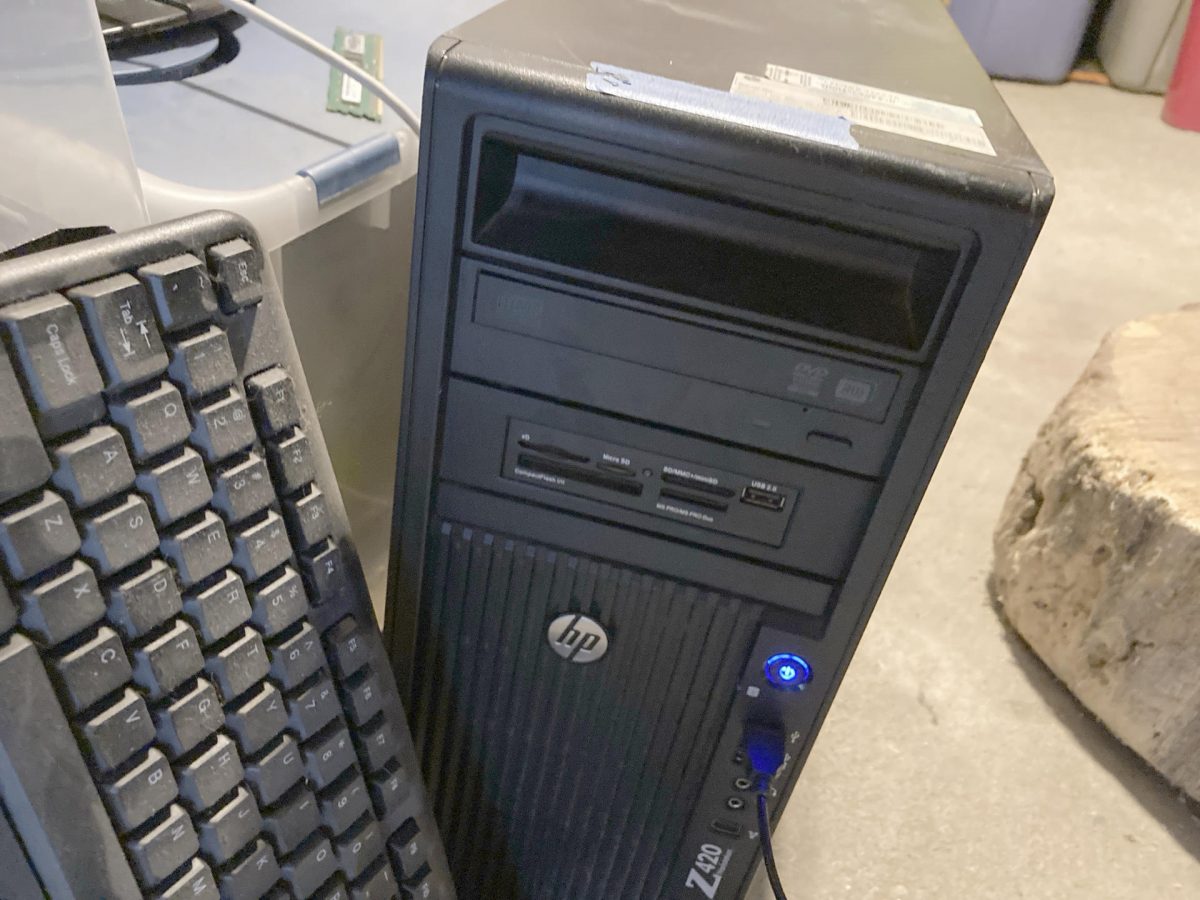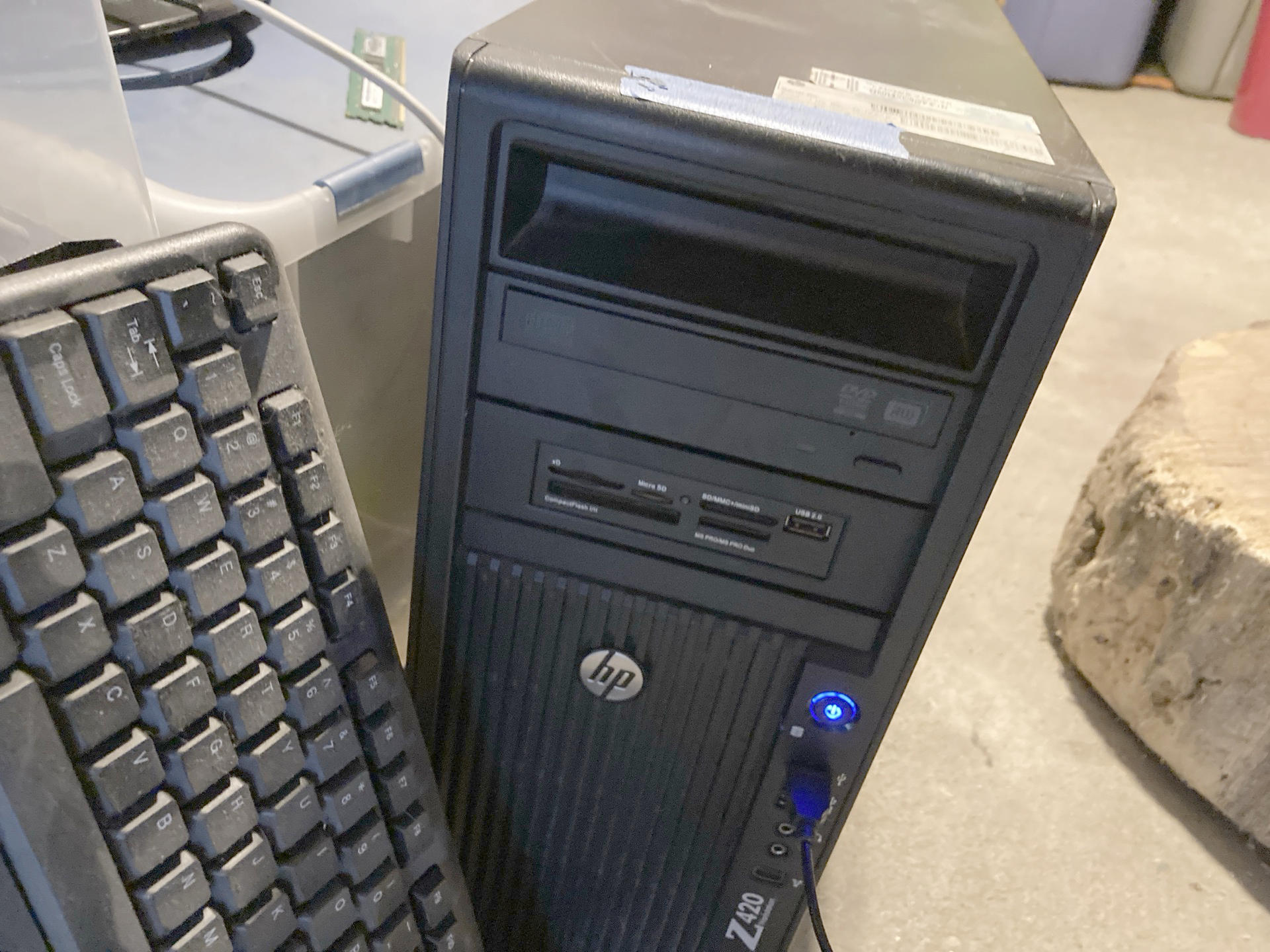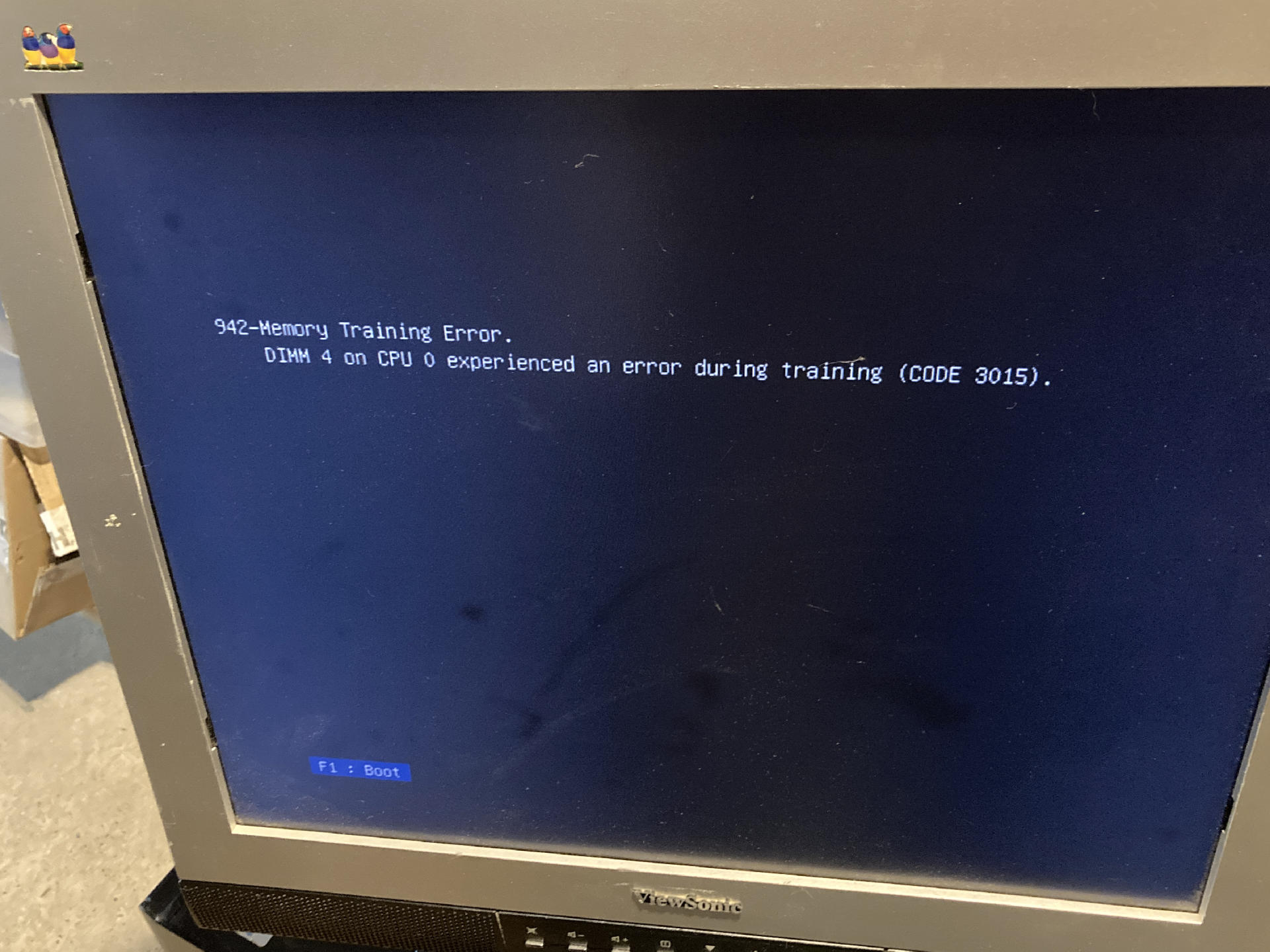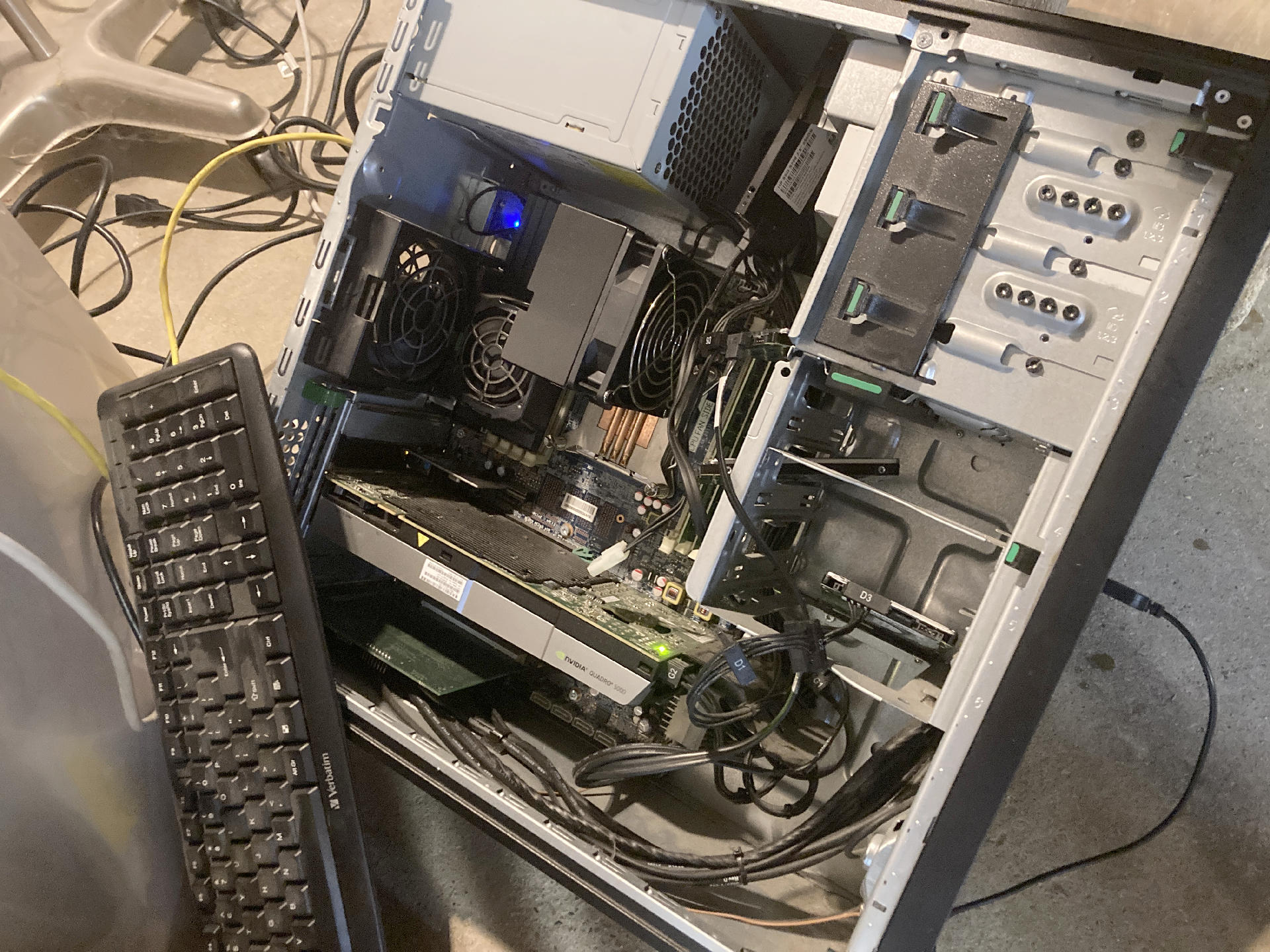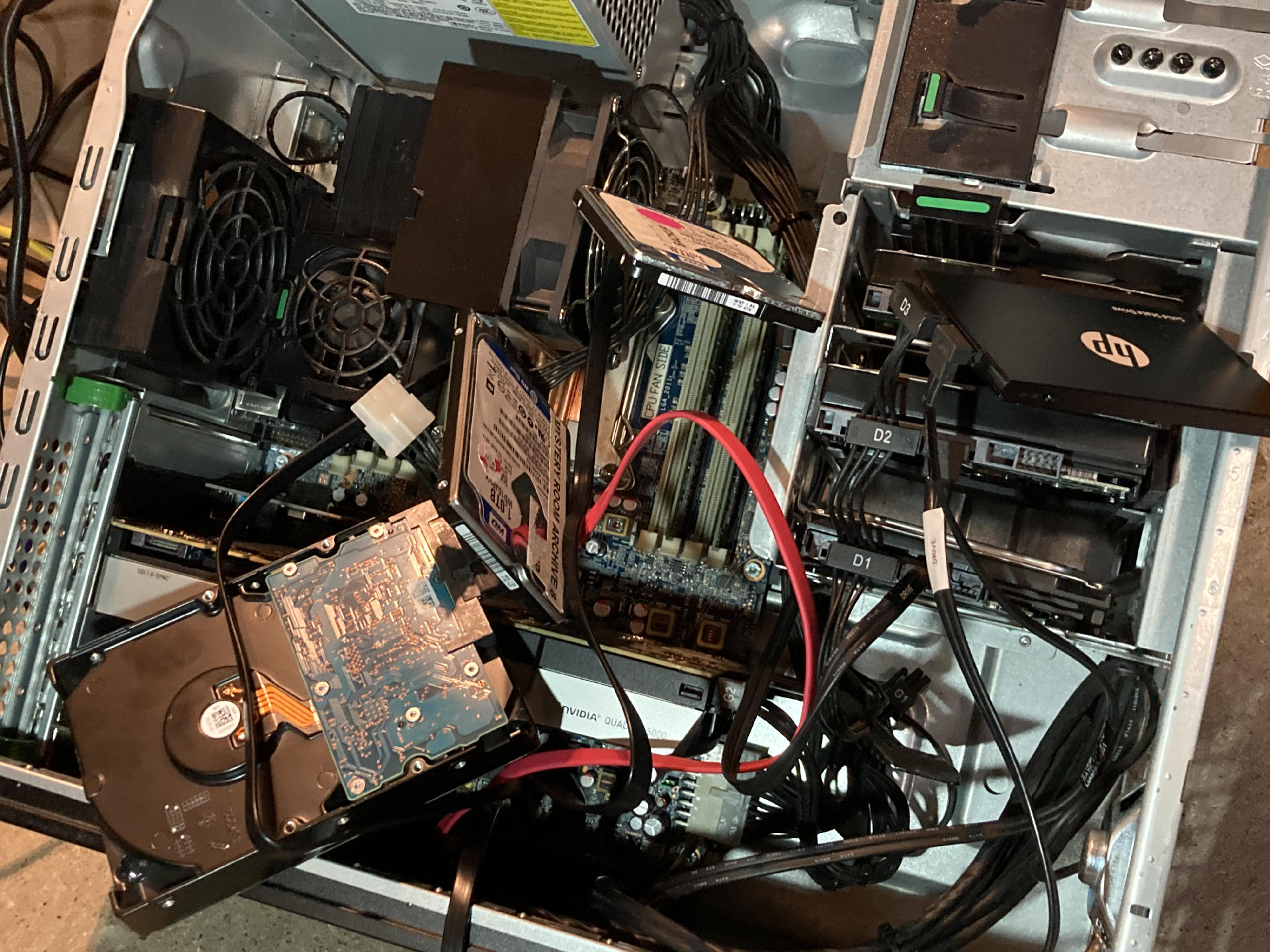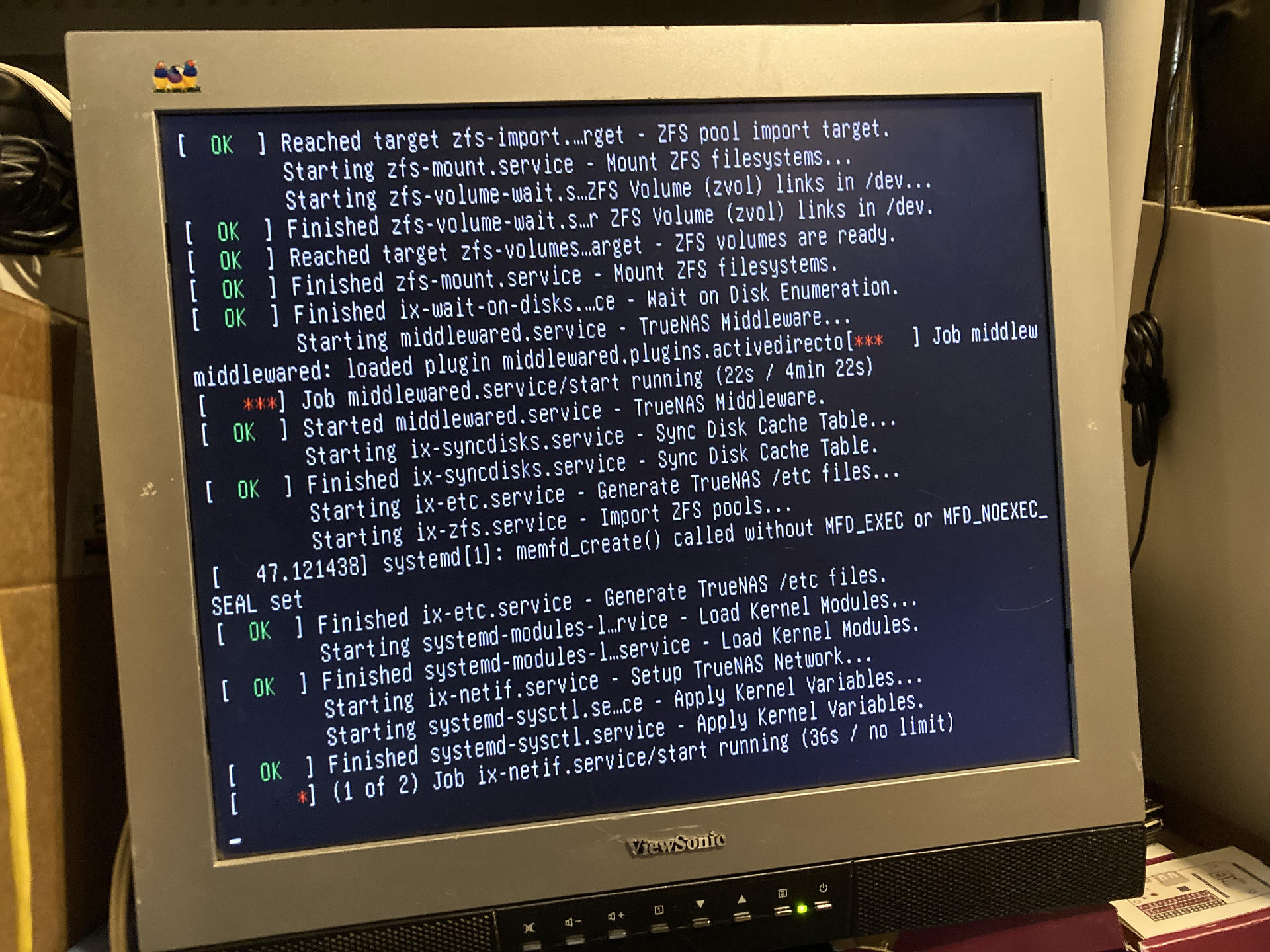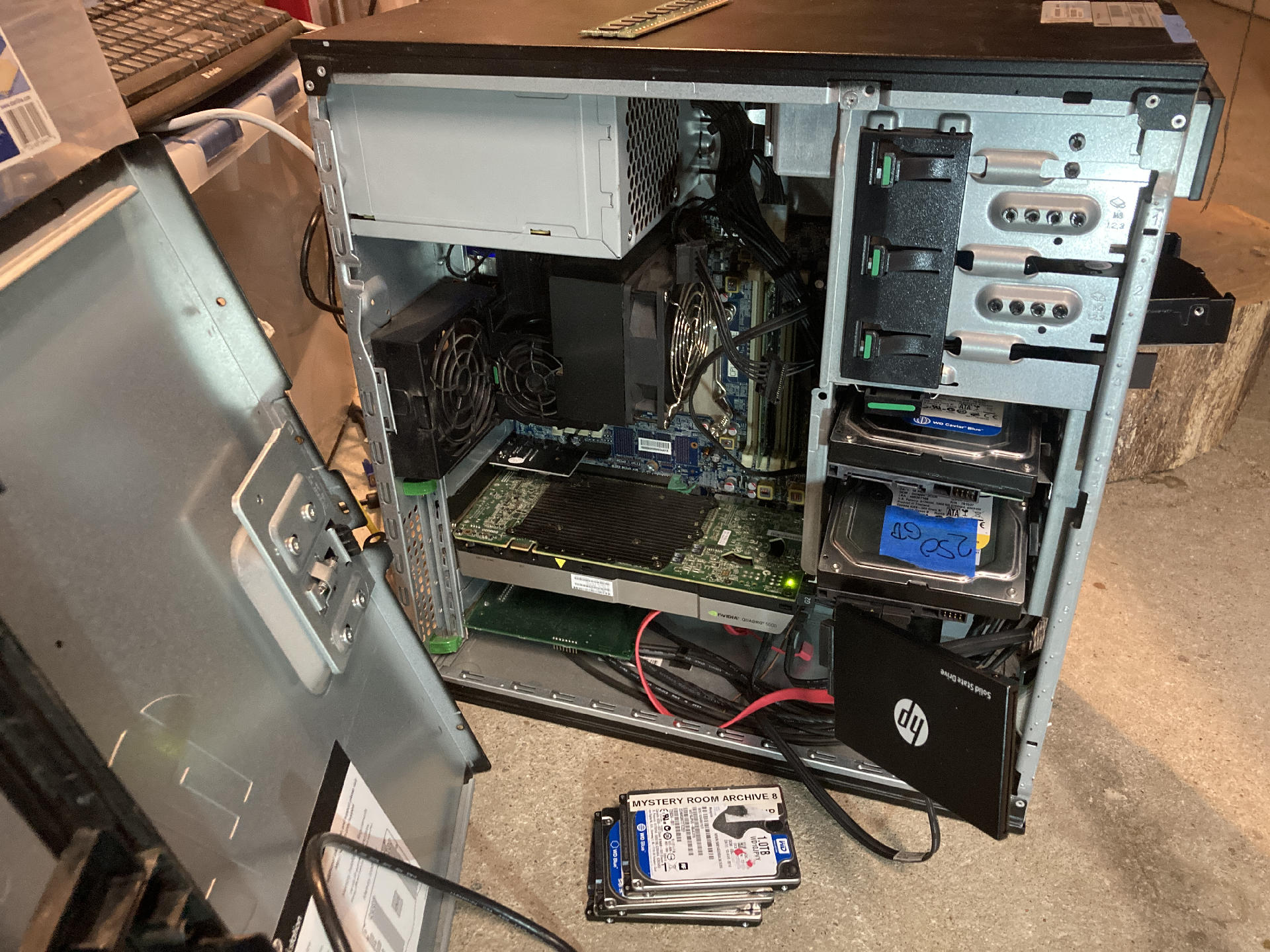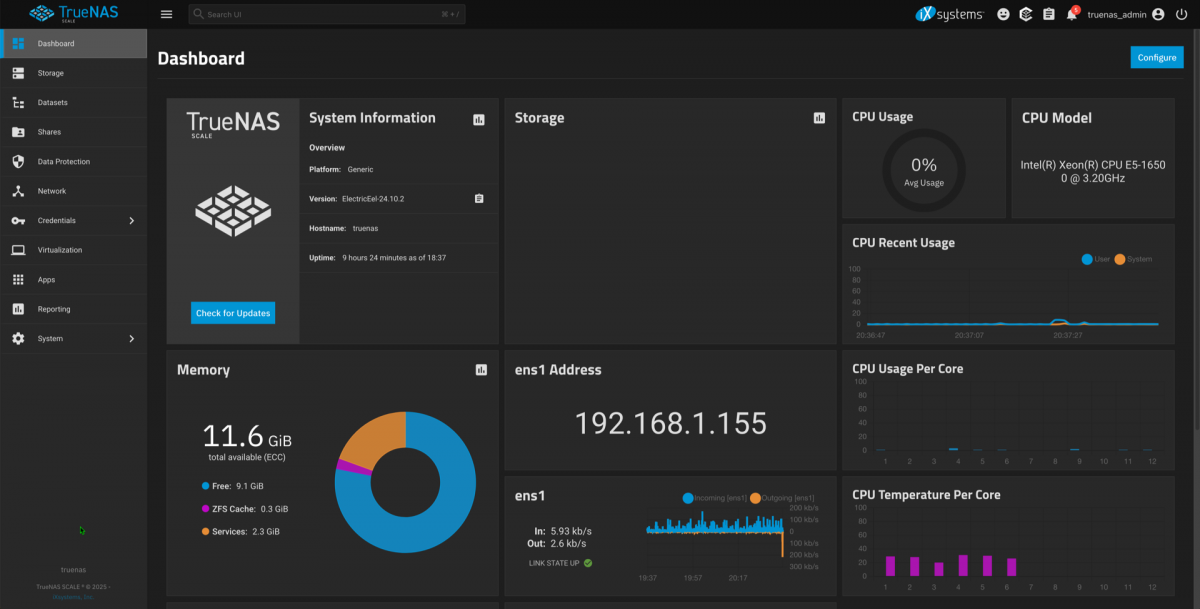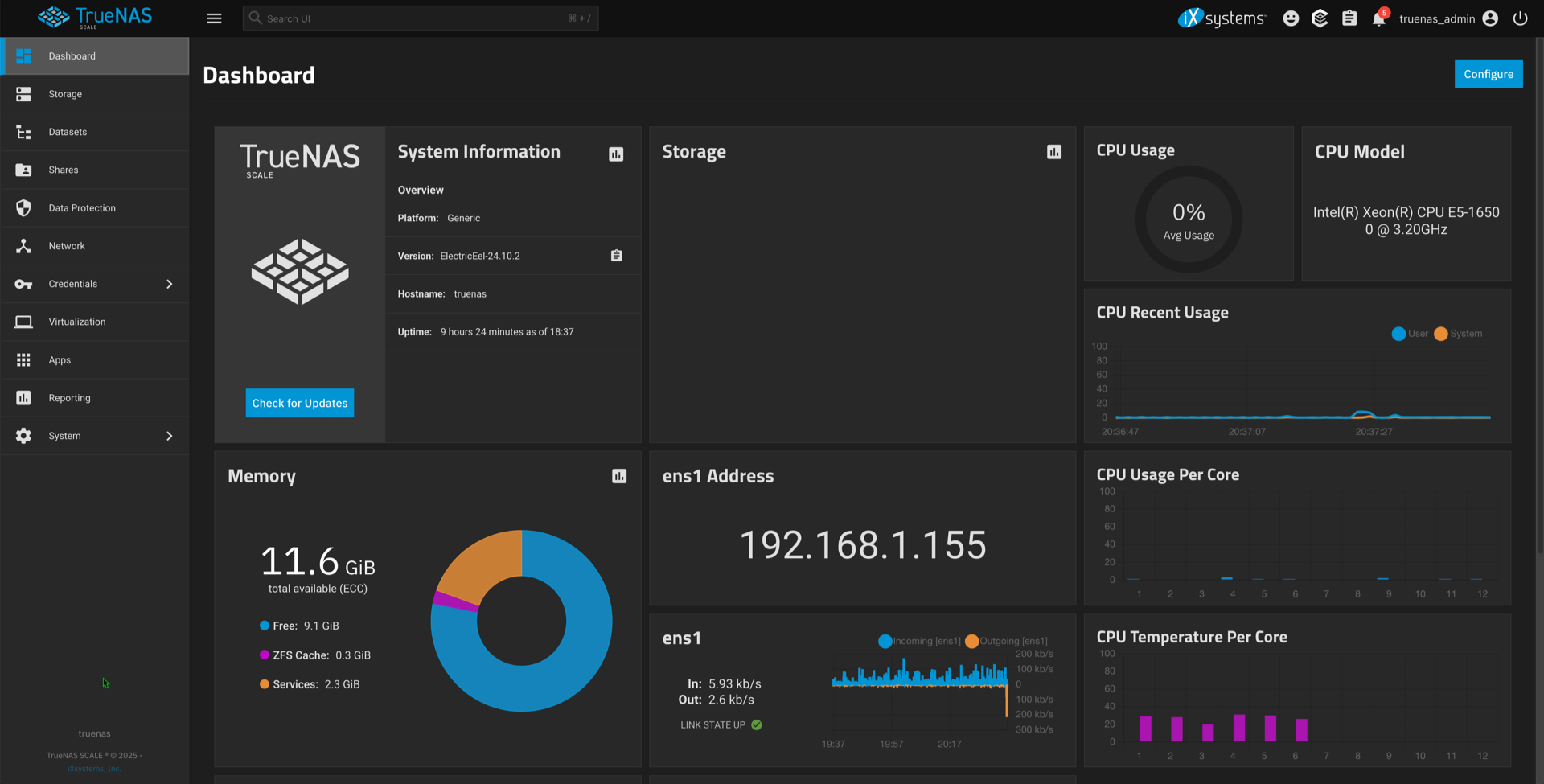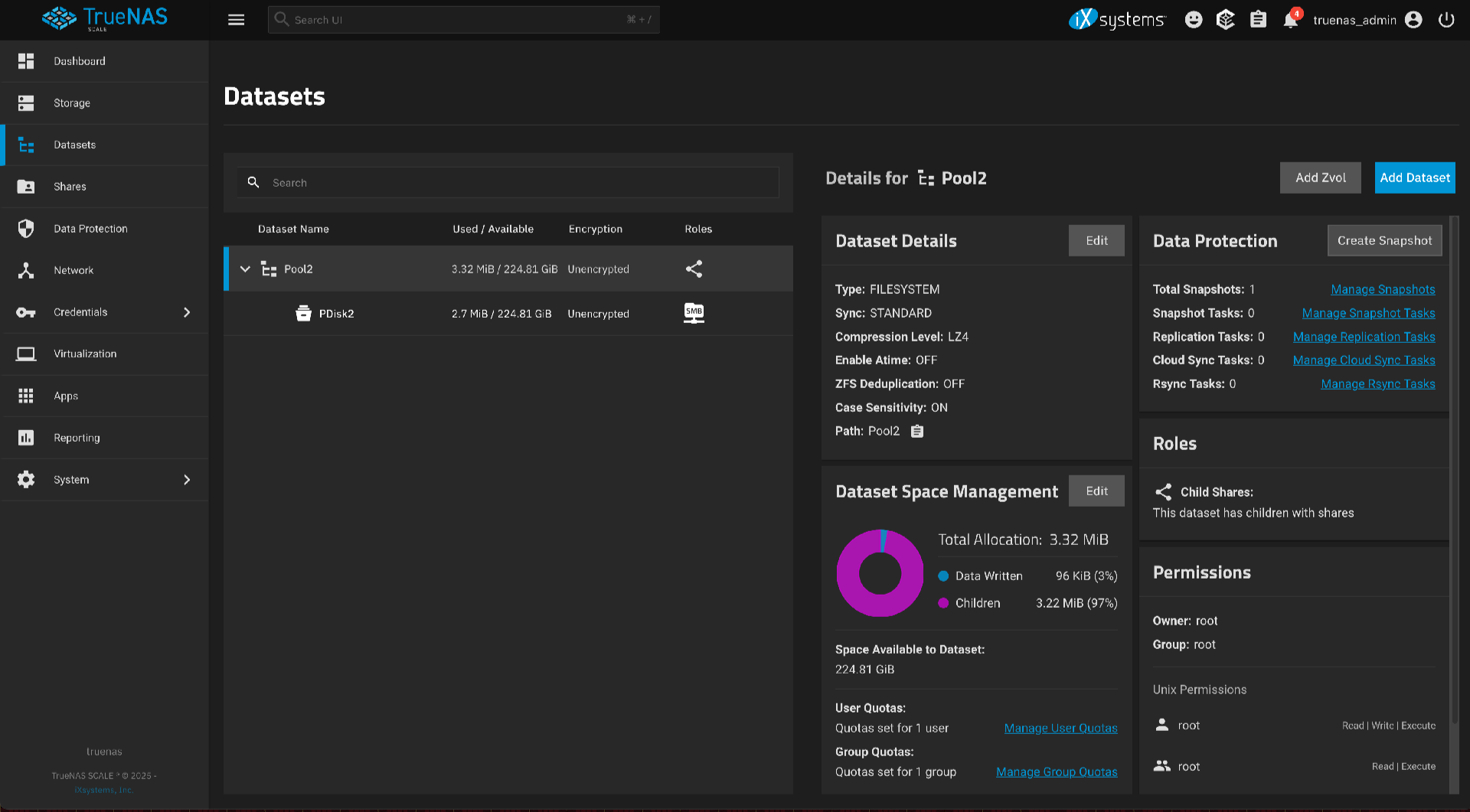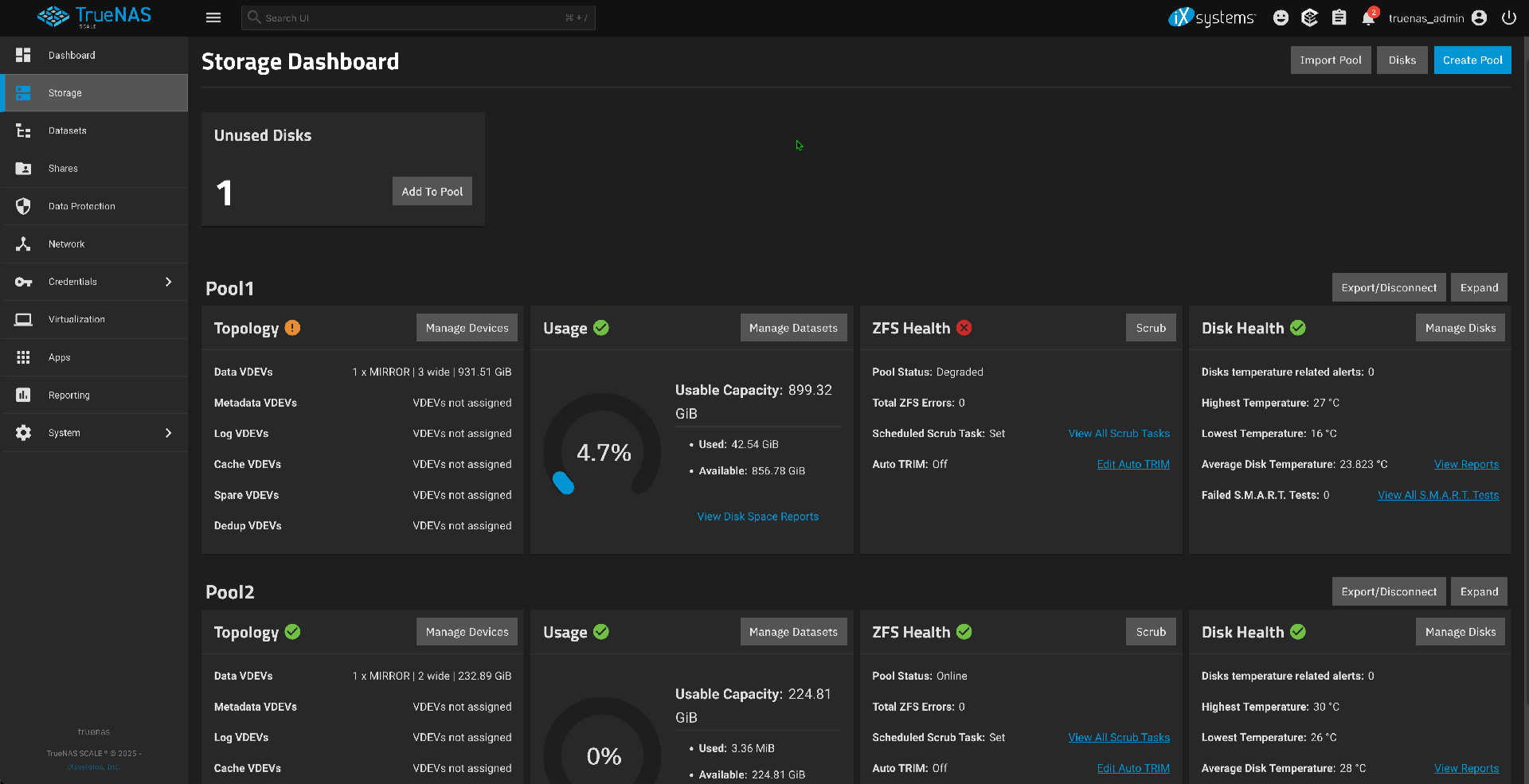
When I got the HP Z420 Workstation it had 4 sticks of RAM for a total of 16GB, except it got an error booting up and removing one stick seemed to fix it, though being down to 12GB seemed a little low since I plan to run a number of applications via containers. I took a gamble and ordered more RAM. I got these A-Tech 8GB PC3-12800E ECC sticks from eBay for $20.

As I’ve previously mentioned I’ve never built a PC, and my experience working on computers is (mostly) in the Apple world. I learned about ECC (Error Correction Circuitry) RAM and I did some reading on A-Tech. Consensus seemed to be that A-Tech RAM is cheap because they are most likely rebranded sticks from well-known brand name RAM manufacturers that may have failed one of their quality control tests. Eh, I figured I’d give it a try.
I added the two 8GB sticks in, and actually put all the RAM in the slots in the order specified for the machine. Things ran okay for a day but when using the system through the web interface it locked up… I had to hard reboot it, something I haven’t had to do at all since I got it running. I figured maybe the new RAM was the issue but the RAM testing stuff I looked up was for Windows… I didn’t know how to do the test with TrueNAS, which isn’t very supportive of just installing random command line stuff.
Folks recommended MemTest86+ which boots right into the testing application. Nice!
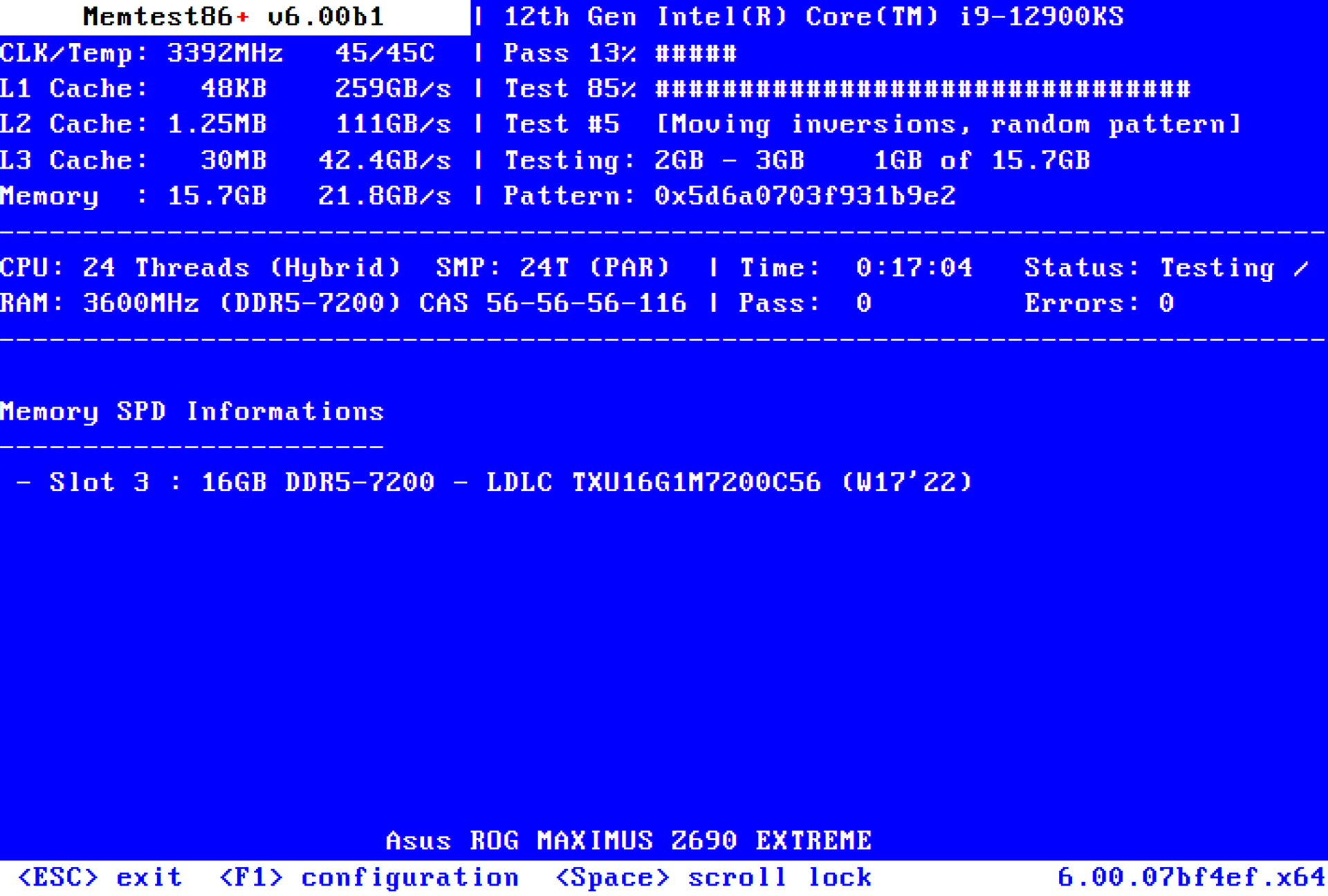
The MemTest86+ ISO was tiny, under 7MB! It flashed to a thumb drive almost instantly and I booted up to the testing. I had pulled out all the ram except the two new 8GB sticks and tested for hours. It passed everything. I rebooted, ran everything again for a few hours and all tests seemed good. I then rebooted back into TrueNAS and it’s been running without issue for a day now… but I will keep doing some testing to be sure.
There is a chance that the difference between the 8GB and 4GB sticks is causing issues, so I am hesitant to add the smaller ones back in… I will probably just run with the new 16GB total for now and if needed I could always get two more and kick it up to 32GB total.
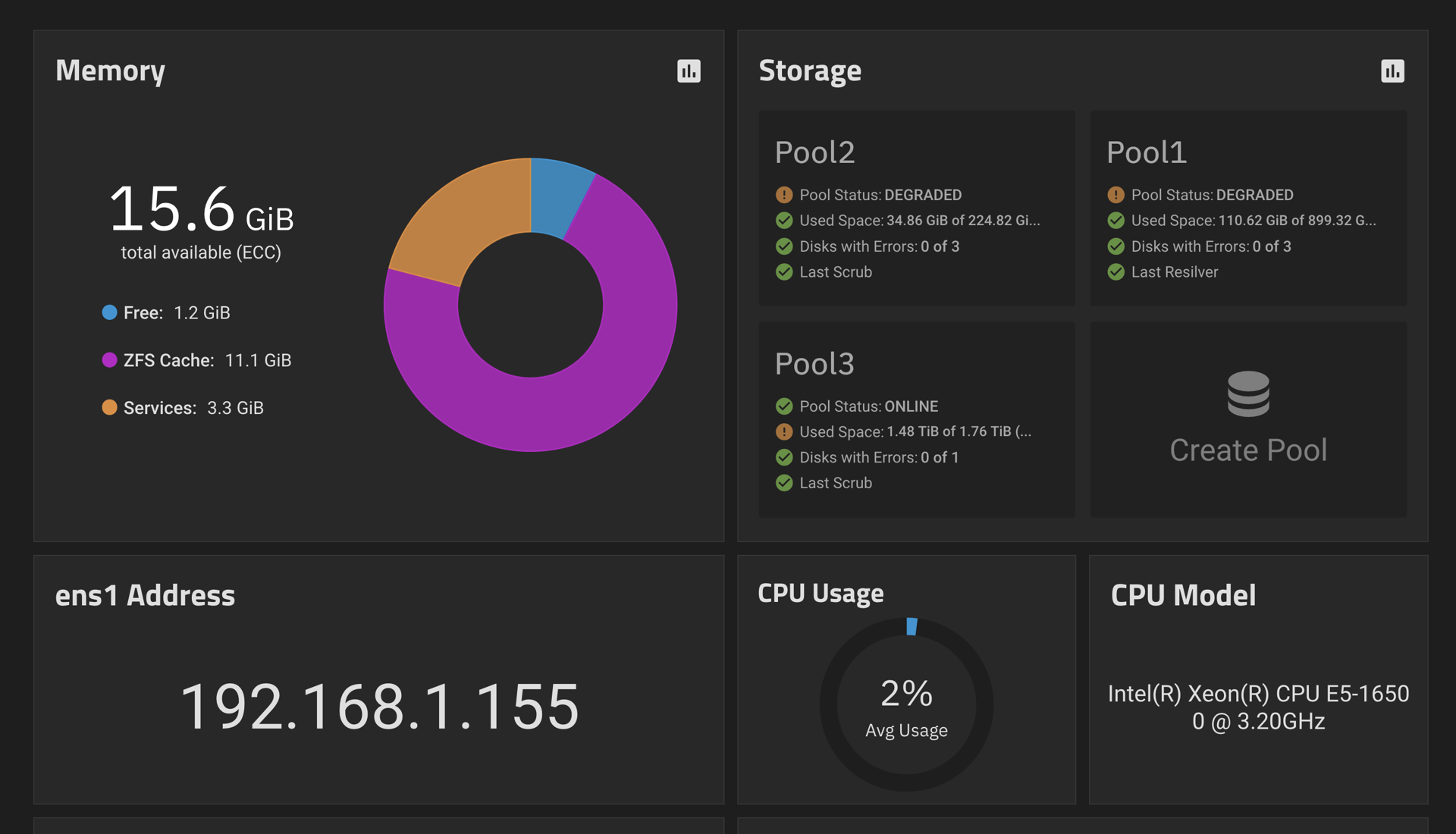
Oh! I learned one more thing about TrueNAS. I guess it will use most of the “free” RAM for the ZFS cache but that will drop down as applications need the RAM. This is much different from my OpenMediaVault NAS which has 16GB of RAM and shows 12.91GB of free RAM…

